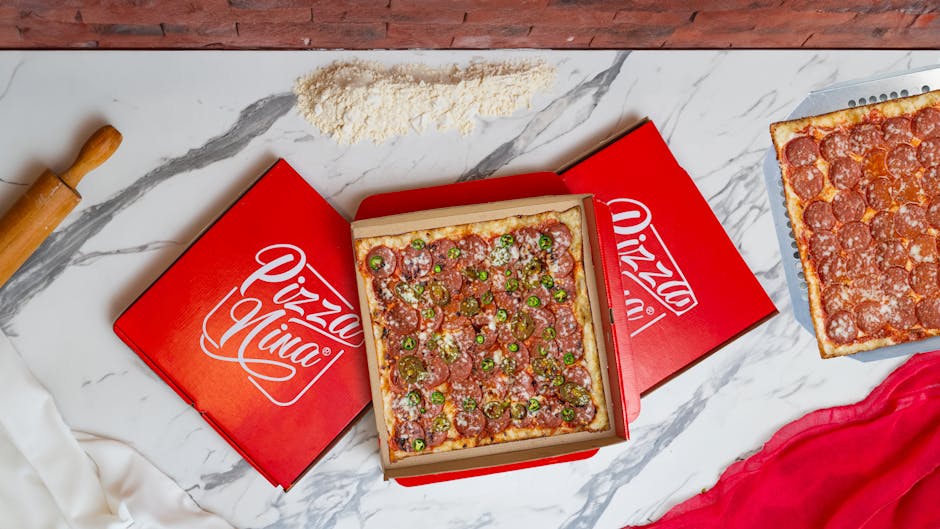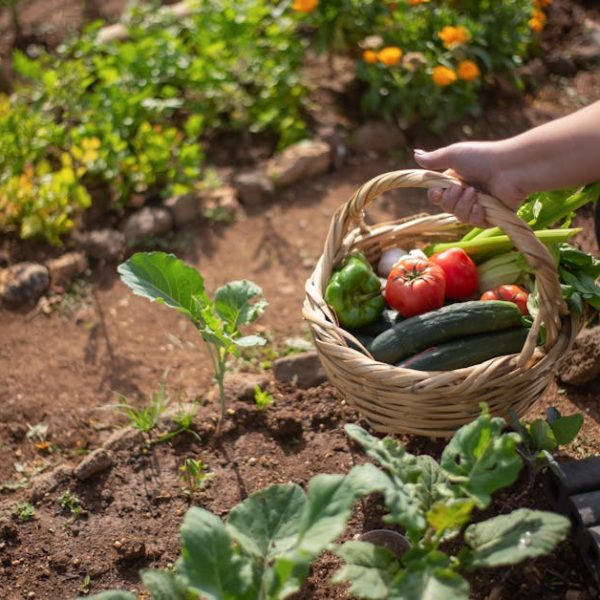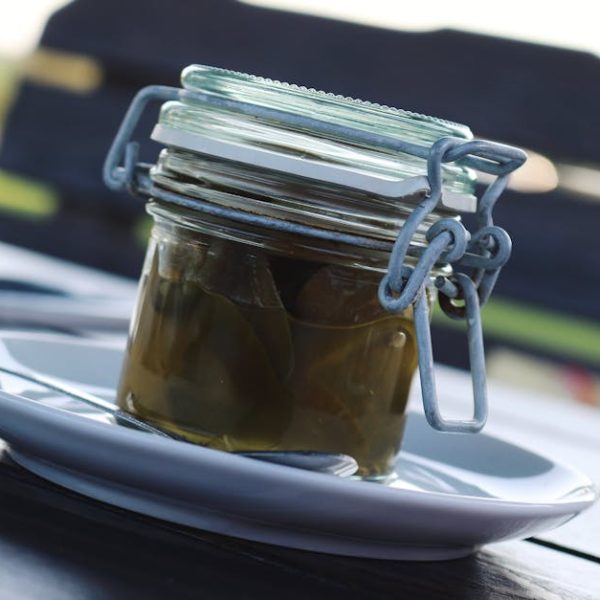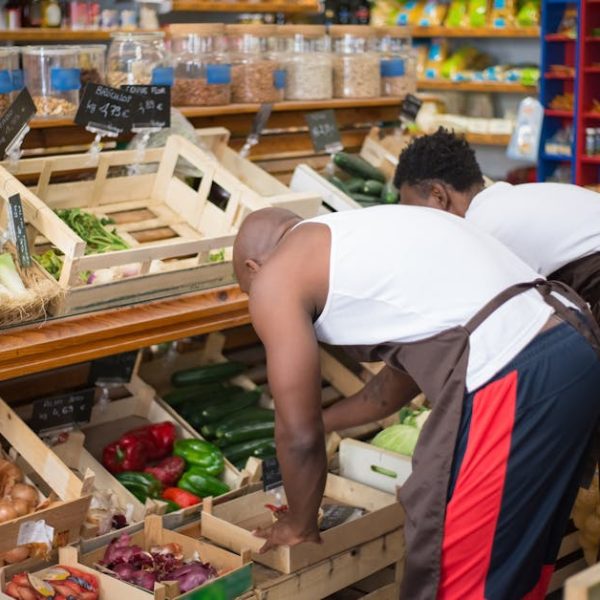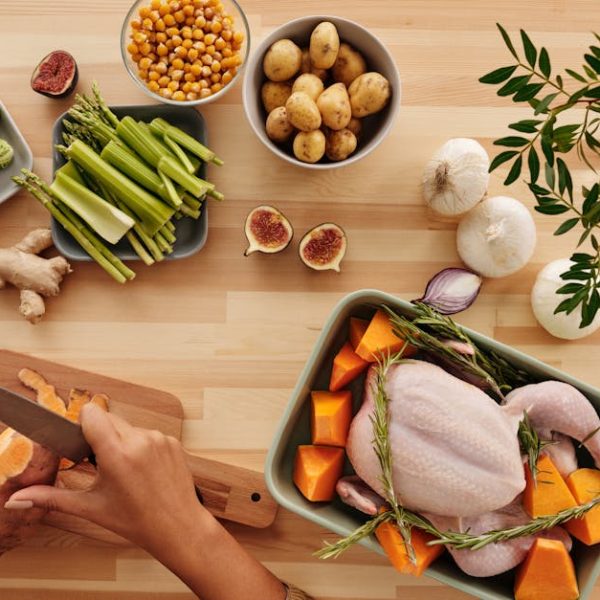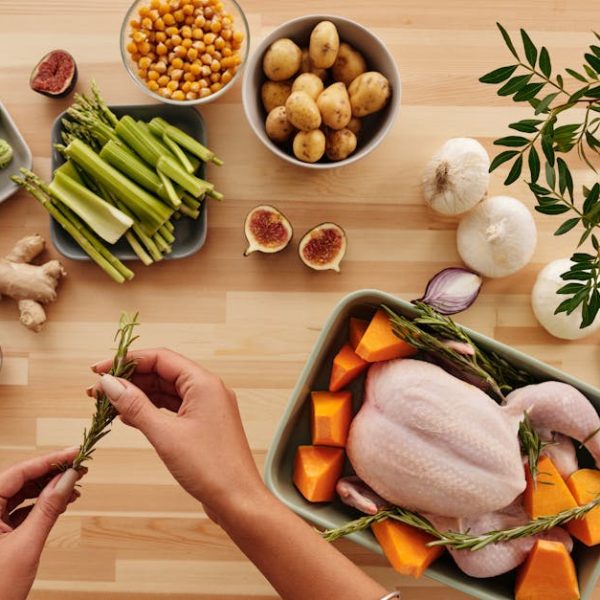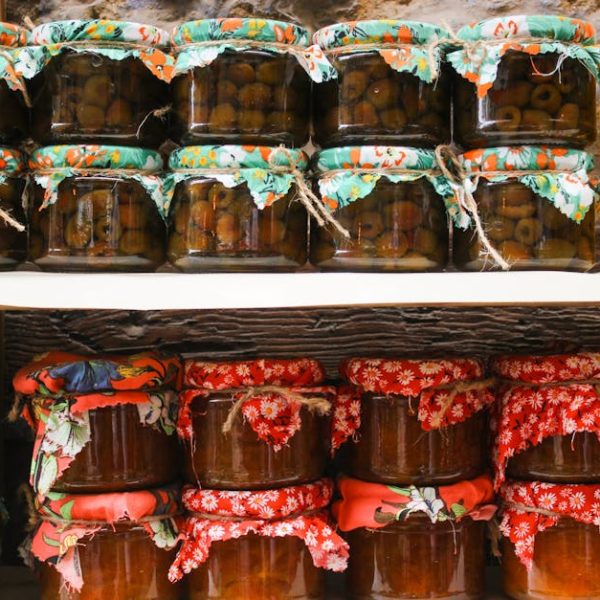Canning jalapenos at home offers many advantages over store-bought versions, offering a superior taste and nutrition value as a result of freshness. Home-canned jalapenos retain their natural flavor and crispiness, along with the heat that makes them a favorite ingredient in various dishes. Importantly, by canning jalapenos at home, you get to control the amount of sodium used, which is usually high in commercially canned jalapenos. Three popular methods to can jalapenos will be explored in this article: Basic Canning, Pickling before Canning, and Pressure Canning.
Method 1: Basic Canning
The Basic Canning method is a great start for beginners due to its simplicity. The first step is to select fresh, firm jalapenos with a vibrant green color. Avoid those with cuts or bruises. Use mason jars or any glass jars with a sealable lid for canning. These jars should be sterilized – this can be done by boiling them in hot water for 10 minutes.
After sterilization, pack the jars tightly with jalapenos. Boil water and vinegar in a pot to make a pickling solution and pour it over the jalapenos, leaving about 1/2 inch of headspace. Wipe the rim, seal the jars, and boil them in a large pot with enough water to cover the jars by at least an inch. Boil for 10 minutes and then allow the jars to cool.
Best practice: Always remember to wear gloves when handling jalapenos – their capsaicin can lead to a burning sensation when it comes into contact with the skin.
Advantages of this method include simplicity and limited need for special equipment. However, the disadvantage is that the shelf life might not be as long compared to that of the other methods.
Method 2: Pickling Jalapenos before Canning
Pickling jalapenos before canning helps to preserve them longer and adds a delightful tangy flavor. The pickling procedure involves immersing the jalapenos in a mixture of vinegar, sugar, and salt before canning them. This procedure, also known as brining, changes the pH level of the peppers, making it less hospitable for bacteria growth which means longer shelf life.
Use cider or white vinegar for pickling because they have the proper acidity level (between 5% to 6%) perfect for preserving the jalapenos. The sugar used for pickling can either be brown or white. However, brown sugar gives a more flavorful tanginess to the pickled jalapenos.
Pro Tip: If you prefer a sweeter taste or wish to reduce the heat of the jalapenos, add more sugar to your pickling solution. Additionally, ensure the pickling solution completely covers the jalapenos in the jar.
Pickled jalapenos offer a complex flavor profile compared to plain canned jalapenos, but the pickling process might be extra work for the uninitiated.
Method 3: Pressure Canning Jalapenos
Pressure canning can be the best method to consider if you plan to store your canned jalapenos for an extended period. Unlike the Basic Canning method, pressure canning eliminates all bacteria, yeasts, and molds that might be present in your jar or on your jalapenos. It involves using a pressure canner to heat the jars of jalapenos to a certain temperature and keeping them there for a specified period.
Here is a step-by-step guide for pressure canning jalapenos:
- Follow the standard procedure of washing, slicing, and packing the jalapenos into jars.
- Make a pickling solution and pour it into the jars, leaving the necessary headspace.
- Wipe the rim of the jars, seal with the lid, and place them in a pressure canner.
- Follow the pressure canner’s instructions on how much water to add, when to close it, and when to start yet timer.
- Let the jars cool and then store them.
Checklist of items needed for pressure canning:
- Fresh jalapenos
- Jars with seal-able lids
- Vinegar, water, and salt for the pickling solution
- A pressure canner
Pro Tip: Always follow the instructions of your pressure canner, because not all pressure canners operate the same way.
While pressure canning offers longer shelf life, it requires more technical equipment and you must be aware of safety measures. On the other hand, it also provides a greater sense of assurance against food spoilage.
Storage and Use of Canned Jalapenos
Once your jalapenos are canned, ensure they are stored in a cool, dry, and dark place such as a pantry or basement. Keeping your canned jalapenos in these conditions help to prolong shelf life and maintain their flavor.
Checklist of Dos and Don’t’s when storing canned jalapenos:
- Do store in a cool, dry, and dark place.
- Don’t expose to direct sunlight.
- Don’t keep in places with fluctuating temperatures.
Canned jalapenos can be a great addition to various dishes, including chilis, salsas, nachos, and pizzas. They can also be used as a garnish on sandwiches or burgers.
Pro Tip: Always use a clean utensil when removing jalapenos from the jar to prevent introducing bacteria that could spoil the rest.
Canned jalapenos retain their heat and essential nutrients including vitamins A, C, K, and the B vitamins. The capsaicin that gives jalapenos their heat also offers a variety of health benefits, including boosting metabolism and reducing pain. It’s important to note, however, that canned jalapenos should be consumed in moderation due to their high sodium content.
Key Takeaway:
- Canning jalapenos at home allows for the preservation of their natural flavor, heat, and crispiness, with the additional benefit of controlling sodium levels, which are often high in commercially canned versions.
- Three popular methods to can jalapenos are explored: Basic Canning is the simplest and requires fewer special equipments, but its shelf life might not be as long; Pickling favors a longer shelf life and adds a tangy flavor, while needing extra work; Pressure Canning is the most complex but ensures the elimination of all bacteria and molds, thus providing a longer shelf life.
- Proper storage in a cool, dry, dark place such as a pantry or basement prolongs the shelf life of canned jalapenos and maintains their flavor.
- Apart from being a tasty addition to various dishes, canned jalapenos bear essential nutrients, although they should be consumed in moderation due to their high sodium content.
Home canning jalapenos is a fun and rewarding process that provides flavorful, nutritious and ready-to-use ingredients for your dishes. Remember to practice careful handling to ensure safety and preserve the quality of your canned goods. Happy canning!
FAQs
Q: How long will home-canned jalapenos last?
A: Properly canned and stored jalapenos can last up to a year. Note that the color and flavor may slightly change over time, but this does not mean they have spoiled.
Q: Can I use another type of pepper other than jalapenos for these canning methods?
A: Yes, you can. These canning techniques can be used with other types of peppers. Just note that the flavor and heat level will differ depending on the type of pepper used.
Q: Can I reuse the brine from my canned jalapenos?
A: While it is okay to reuse the brine, it’s not highly recommended. The flavor may change, and it may not be sufficient in preserving future batches.
Q: How can I tell if my canned jalapenos have spoiled?
A: Signs of spoilage include a change in color, an off smell, and a change in texture such as becoming mushy or slimy.
Q: Is it safe to eat the seeds of canned jalapenos?
A: Yes, it is safe to eat the seeds, but be aware that they carry a lot of heat. If you want less spiciness, you might want to remove them before eating.
We hope you found this guide helpful. Please share it with other food enthusiasts who might appreciate it, and explore more posts on our website for similar insights.
